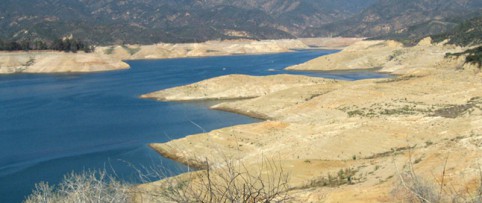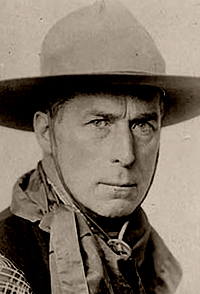By Matthew Renda
(CN) – As the Golden State moves into 2019, it will close the book on an abnormally dry year with hopes that a few rain storms can stave off the prospect of another drought.
Two consecutive years of devastating wildfires killing dozens of residents, causing billions in property damage and reducing millions of acres to ash has demonstrated the effects of the prolonged drought stretching from 2012 until 2017.
Storms finally brought much-needed precipitation in 2017, replenishing reservoirs and aquifers, but the moisture content in the forest vegetation and the swathes of dead trees in the Sierra Nevada attest to the consequences of the sustained dry weather.
“It could be several more years before we get the moisture content back to normal,” a California Department of Fire and Forestry Protection Spokesman told Courthouse News.
The long-term outlook for wet weather in California isn’t promising.
The Climate Prediction Center expects the high-pressure weather system currently hovering over much of Northern California to be there until at least mid-January.
The short-term outlook isn’t much better.
“Going into the New Year, there are small chances of rain,” said Emily Heller, a meteorologist for the National Weather Service based in Sacramento. “Early next week, maybe we see something.”
It’s not good news for farmers, fish, ski resorts and forest health managers.
The eight-state index, which measures rainfall in the Northern Sierra, reports about 12.9 inches have fallen since October. That’s about 75 percent less than average.
“It’s been a little drier than normal,” Heller said.
But officials also note it’s too early to panic.
The California Department of Water Resources won’t take its first snow survey until Thursday and the survey that truly captures the attention of water managers happens on March 1.
All it takes is one or two gully-washing storms to hit the state between now and then to erase all talk of another drought.
But right now experts can be forgiven for worrying, as the state’s two largest reservoirs are at or below 50 percent capacity.
Lake Shasta, the largest reservoir in California, is right at 50 percent capacity, or 80 percent of its historical average, as of December 31.
Lake Oroville is at 29 percent capacity, which only accounts for 50 percent of the historical average.
And the U.S. Drought Monitor still reports 75 percent of California as experiencing moderate to extreme drought, with the vast majority of the state listed under the moderate category.
Unless wet weather visits California in January and February – historically the wettest month in the state’s Mediterranean climate – that picture will substantially worsen.
“We just have to hope that we have a progressive pattern,” Heller said. “We’ll just check in next week and see what comes with it.”
Like this:
Like Loading...
Related





 Tweet This
Tweet This Facebook
Facebook Digg This
Digg This Bookmark
Bookmark Stumble
Stumble RSS
RSS


























REAL NAMES ONLY: All posters must use their real individual or business name. This applies equally to Twitter account holders who use a nickname.
0 Comments
You can be the first one to leave a comment.